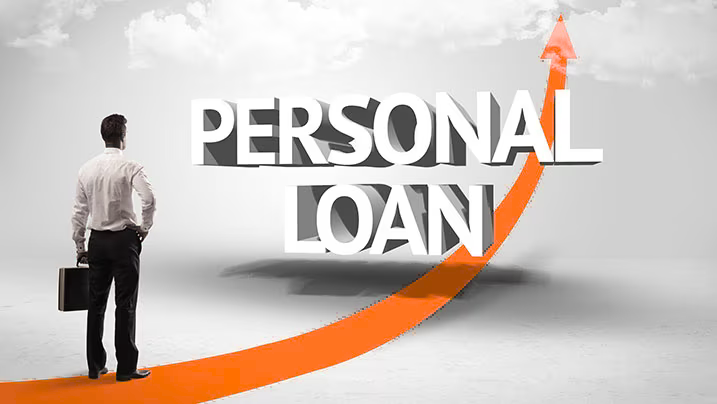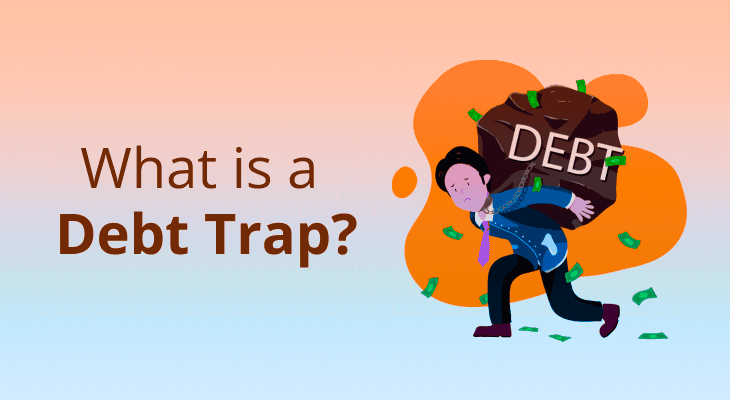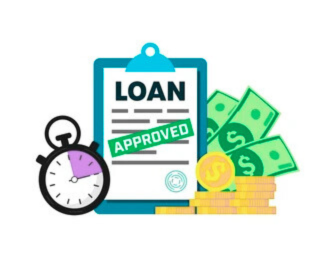Borrowing in High-Interest Economies: Survival Tips
Borrowing money is often necessary for individuals, families, and businesses. But in high-interest economies, the cost of taking on debt can feel overwhelming. Rising interest rates make loans more expensive, limit access to credit, and put pressure on household budgets. For many, survival depends not only on accessing funds but also on managing repayments wisely. This article explores practical strategies for navigating borrowing in high-interest environments, ensuring financial stability while minimizing risks.
Understanding High-Interest Economies
A high-interest economy is one where the cost of borrowing money is significantly elevated compared to normal conditions. This happens when central banks raise interest rates to control inflation, stabilize currency values, or prevent excessive lending.
Key Characteristics of High-Interest Economies:
- Higher borrowing costs → Loans, mortgages, and credit card balances become more expensive.
- Slower business growth → Companies avoid expansion due to financing challenges.
- Strained household budgets → Families find it harder to pay off debts.
- Credit accessibility issues → Lenders tighten approval criteria.
In simple terms, high-interest economies make money “more expensive,” forcing both individuals and businesses to adapt strategically.
Why Borrowing Becomes Risky in High-Interest Economies
When interest rates climb, borrowers face a financial squeeze. For example, a loan that once had a manageable 8% interest rate may now carry 18–20%. This impacts both short-term cash flow and long-term financial health.
Main Risks:
- Debt snowballing → Interest accumulates quickly, making repayment harder.
- Reduced affordability → Income must stretch further to cover interest costs.
- Business challenges → Companies delay projects or cut jobs due to high loan expenses.
- Weaker purchasing power → Inflation and high debt together reduce consumer spending.
Survival Tips for Borrowing in High-Interest Economies
1. Re-Evaluate Your Debt Needs
Ask yourself: Do I really need this loan now? Sometimes, delaying a purchase or finding alternatives can save you thousands. Consider alternatives such as savings, joint investments, or lower-cost credit sources before borrowing.
2. Shop Around for Better Loan Terms
Not all lenders respond to high-interest markets in the same way. Credit unions, online lenders, or government-backed programs may still offer competitive rates. Comparing options could cut your repayment burden by a large margin.
3. Opt for Shorter Loan Tenures
While longer repayment terms lower monthly installments, they often lead to higher overall interest payments. In high-interest economies, shorter loan durations can reduce total costs even if monthly payments feel tighter.
4. Consolidate Debts Strategically
Debt consolidation means merging multiple loans into one. By negotiating a fixed interest rate or finding a more affordable lender, borrowers can reduce monthly obligations. However, this strategy only works if you avoid accumulating new debt afterward.
5. Prioritize High-Interest Debt First
Not all debt carries the same weight. Paying off the highest-interest balances first (such as credit cards) helps reduce long-term financial pressure. This “avalanche method” can save significant money compared to paying debts randomly.
6. Build Emergency Savings
It might seem impossible to save when paying high interest, but even a small emergency fund helps. Savings prevent reliance on expensive credit for unexpected expenses like medical bills or repairs.
7. Explore Alternative Financing Options
- Peer-to-peer lending → Often cheaper than traditional bank loans.
- Microfinance institutions → Tailored for small borrowers.
- Family or community loans → Flexible repayment terms.
Each option has pros and cons, but exploring them reduces dependence on high-interest banks.
8. Strengthen Your Credit Score
A higher credit score often leads to lower interest rates. Pay bills on time, reduce outstanding balances, and avoid unnecessary credit inquiries. Even small improvements can secure better loan terms.
9. Negotiate with Lenders
Many people underestimate how flexible lenders can be. In tough economies, banks may agree to restructure loans, lower interest rates, or extend repayment terms if you show genuine financial strain.
10. Focus on Increasing Income
When cutting expenses isn’t enough, increasing income becomes essential. Side hustles, freelancing, or investing in skill development can create new revenue streams that cushion high-interest payments.
Comparison: Borrowing in Low vs. High-Interest Economies
| Aspect | Low-Interest Economies | High-Interest Economies |
| Loan Affordability | Easier, cheaper borrowing | Expensive, limited access |
| Business Growth | Encouraged, expansion-friendly | Discouraged, risk-averse |
| Household Budgets | Flexible, manageable debt | Strained, tighter budgets |
| Debt Accumulation | Slower, less costly | Faster, risk of debt traps |
| Investment Attractiveness | Strong, low borrowing costs | Weaker, fewer opportunities |
Step-by-Step Guide to Borrowing Safely in High-Interest Economies
- Assess necessity → Confirm if borrowing is unavoidable.
- Research lenders → Compare multiple sources, not just your primary bank.
- Calculate affordability → Use a reliable loan calculator to estimate monthly costs (try our free tool to make smarter financial decisions).
- Choose wisely → Select shorter terms and manageable repayment schedules.
- Track repayments → Monitor deadlines and avoid late penalties.
- Review regularly → Reassess debt every 3–6 months to adjust strategy.
FAQs About Borrowing in High-Interest Economies
1. What does a high-interest economy mean?
It refers to a situation where borrowing costs are significantly higher than average, making loans, mortgages, and credit more expensive.
2. Why do governments raise interest rates?
Usually, to control inflation, stabilize currency, and encourage saving instead of overspending.
3. Is it ever smart to borrow in high-interest economies?
Yes, but only if the loan creates value, like funding a business expansion with higher returns than the loan’s interest cost.
4. Should I refinance old loans during high-interest periods?
Refinancing is best during low-interest times, but if your current rate is exceptionally high, refinancing with a slightly lower one can still help.
5. How do high-interest economies affect small businesses?
They limit expansion, raise costs of capital, and often reduce consumer demand, making survival harder for small enterprises.
6. Can credit cards become dangerous in high-interest markets?
Yes. Credit card debt grows rapidly because of compounding interest, making it one of the riskiest debts.
7. What’s better: paying off debt or saving during high-interest times?
Prioritize paying off high-interest debt first while maintaining a small emergency fund for unexpected costs.
8. Do interest rates impact mortgages heavily?
Absolutely. Even a 2–3% rise in rates can add thousands to the total cost of a mortgage.
9. Are alternative lending platforms safe?
They can be, but it’s important to research credibility, terms, and security before committing.
10. How can I stay disciplined while repaying debt?
Create a repayment plan, automate payments, and track progress monthly to avoid slipping back into debt cycles.
Conclusion
Borrowing in high-interest economies is challenging but not impossible. With careful planning, debt prioritization, and smart negotiation, you can manage loans without falling into financial traps. Always explore alternatives, strengthen your credit, and use tools like loan calculators to understand the real cost of borrowing before making commitments.





